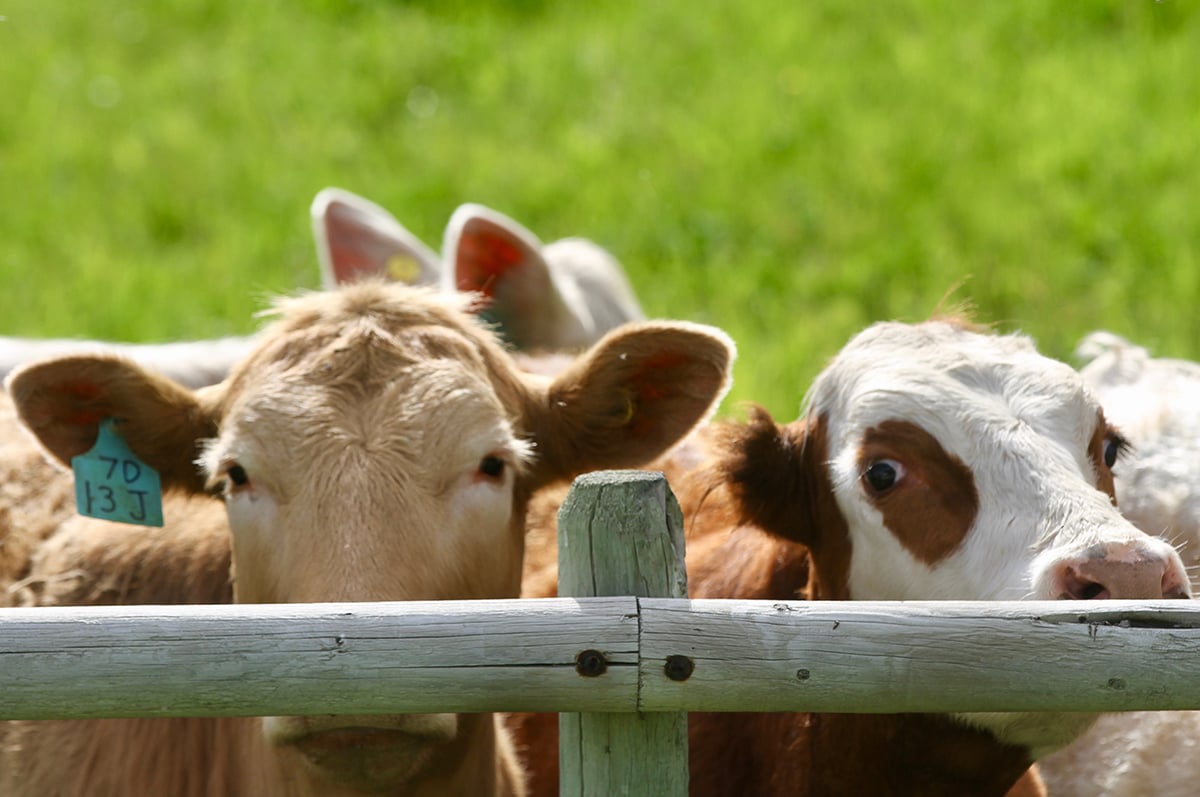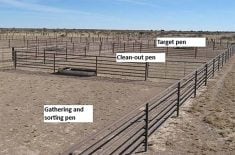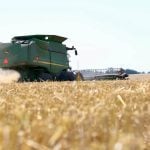RED DEER — Chicken producers can look back over the last 12 months and see good news and bad news.
Chicken production and consumption were up, but the supply-managed industry is keeping a wary watch for what might come out of new trade agreements.
For Alberta, the year saw the province return to the national fold in October with a new agreement on chicken allocation that allows growth.
More farmers are joining the industry and production is up, said Erna Ference, retiring chair of Alberta Chicken Producers.
Read Also

Feeder market consolidates at historic highs
For the week ending Sept. 6, Western Canadian feeder cattle markets were relatively unchanged compared to seven days earlier.
Twelve new producers have joined every year since 2013 and 25 new barns were built last year.
Alberta chicken production grew by 6.6 percent while the national growth was 4.7 percent.
Alberta’s production was about 154 million live kilograms, a 5.5 percent increase over 2016. Canada’s total chicken production is around 163 billion live kg, an increase of 4.7 percent over the year before.
However, when the Comprehensive and Progressive Agreement for Trans-Pacific Partnership was announced on Jan. 23, the poultry and dairy sectors were shaken.
“With the ongoing spotlight on (North American Free Trade Agreement), this took our supply-managed organizations by surprise,” Ference said at the Alberta Chicken Producers annual meeting Feb. 27 in Red Deer.
The new CPTPP access represents an additional 2.1 percent of the Canadian production that will be imported, in addition to Canada’s existing commitments of 7.5 percent for a total of 9.6 percent.
The tariff rate quota will be implemented in phases over 19 years. Eventually about 26.7 million kg will be allowed into Canada each year.
The provincial supply-managed groups wrote to the Alberta government about the potential impacts to the industry.
“While we do not suggest the Canadian government should not continue to try and diversify our trade relations, we are continuing to ask that our provincial and federal governments ensure no further access under supply managed commodities is granted under NAFTA or CPTPP should the U.S. choose to join in the future,” she said.
The CPTPP was signed March 8.
“Our displeasure with the access being given was communicated formally and informally,” said Michael Laliberte, executive director of Chicken Farmers of Canada, who replaced retiring chief executive officer Mike Dungate.
“When combined with illegal chicken imports and duty avoidance there will be a significant impact on our industry. It is more important than ever that the government starts closing the loopholes and implementing the programs that were promised when the TPP was first completed,” he said.
Those commitments include dealing with mislabelled broiler chicken imported as spent fowl.
In addition, market access is being debated with the United States and Mexico in NAFTA discussions.
“The U.S. demands seek the elimination of all tariffs on dairy, poultry over a 10-year period,” Laliberte said.
The U.S. already has preferred access and is Canada’s number one origin of broiler meat imports. Canada’s NAFTA negotiators are urged to continue supporting supply management.
“The government must close the import loopholes and offer transition measures to help the chicken sector absorb the initial import offering in CPTPP members. If the U.S. wanted additional market access under NAFTA, it should have joined the CPTPP,” he said.















